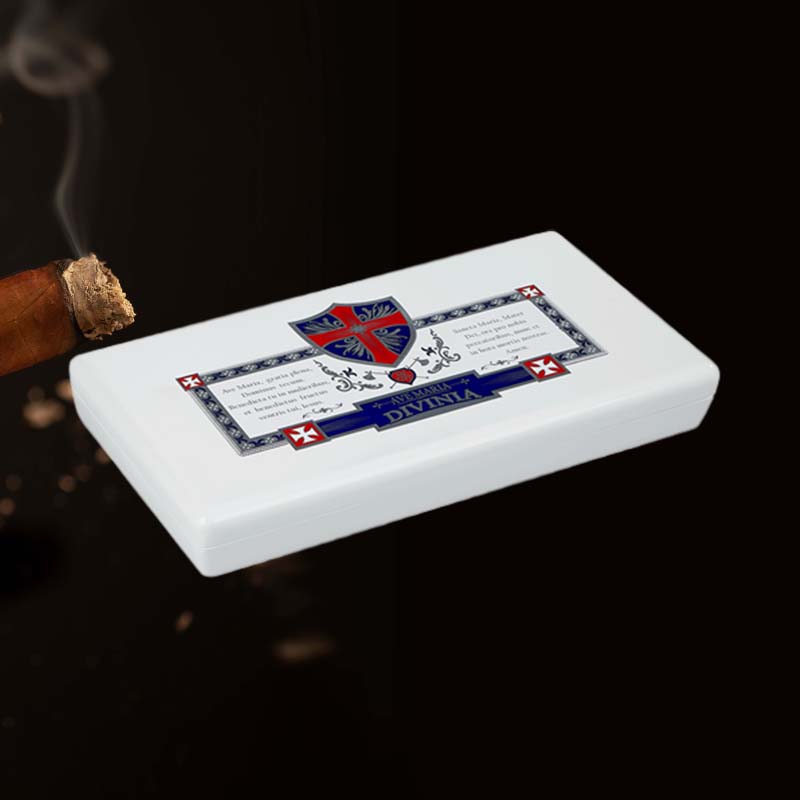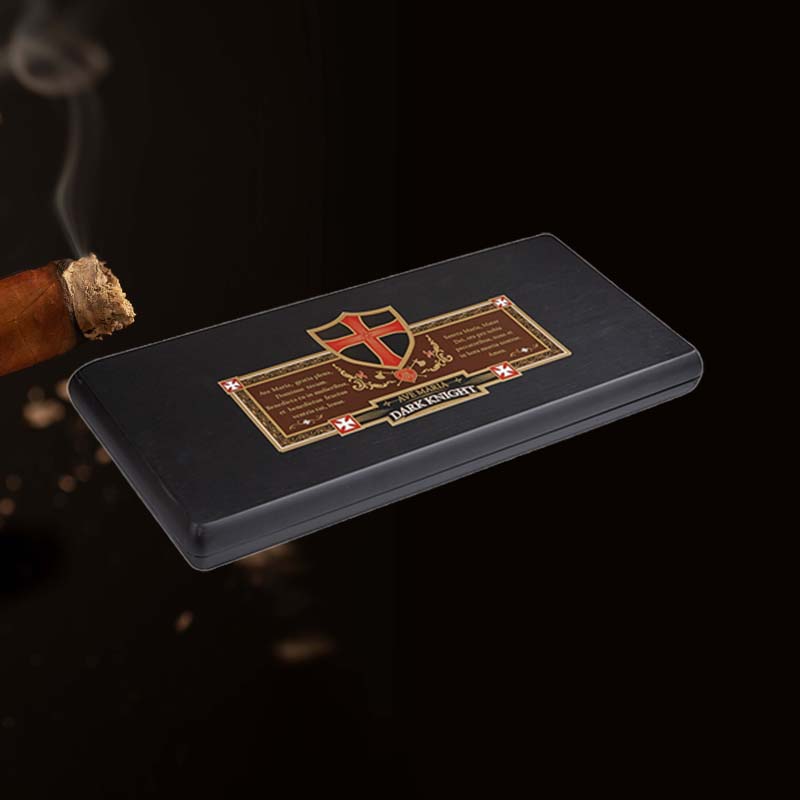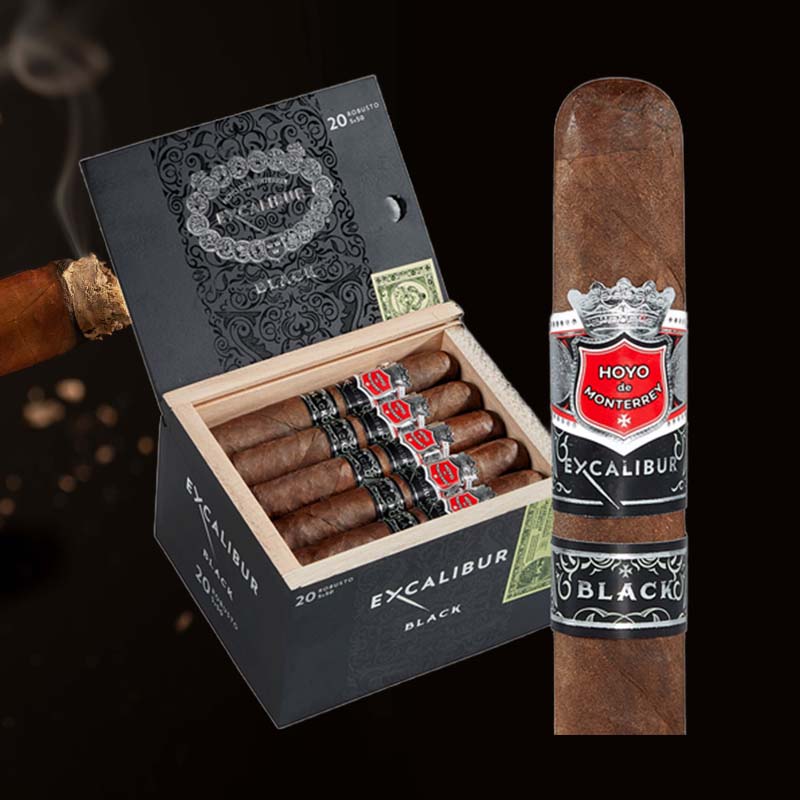How to fix butane torch lighter
There’s a certain thrill in the flame of a butane torch lighter. Whether it’s lighting up a fine cigar or igniting a candle, the moment a small flame dances to life is profoundly satisfying. Yet, as with all things mechanical, there may come a time when your trusty lighter fails to perform. Fear not! I’ve encountered this scenario before, and I’m here to guide you through the process of reviving your butane torch lighter with simplicity and clarity.
Step 1: Gathering Necessary Tools
Tools You Will Need for the Repair
- Flathead screwdriver
- Phillips screwdriver
- Cleaning cloth or cotton swabs
- Compressed air canister (optional)
- Butane fuel
Before diving into repairs, I always make sure I have the necessary tools at hand. This not only facilitates an efficient process but also ensures I’m adequately prepared for whatever gremlins might be lurking inside my lighter.
Step 2: Diagnosing the Problem

Common Issues with Butane Torch Lighters
- No flame or ignition
- Weak or sputtering flame
- Flame not staying lit
- Gas leaks (hissing sound)
Understanding the issue is the first step toward resolution. I often find myself going through a mental checklist of these common problems to pinpoint what might be affecting my lighter.
Step 3: Opening Your Butane Torch Lighter

How to Safely Disassemble Your Lighter
To get started, I ensure the lighter is empty and then carefully use a screwdriver to remove any screws holding the casing together. It’s crucial to work slowly at this stage; we want to preserve the delicate components inside while gaining access.
Step 4: Checking the Fuel Level

Identifying Fuel-Related Issues
The first area I inspect is the fuel level. If it appears low or empty, a quick refill may be all that’s needed. Sometimes all it takes is a little butane, and voila—the flame is back! If you’re unsure how to refill, I recommend doing it outdoors for safety.
Step 5: Inspecting the Spark Mechanism
How to Diagnose Spark Problems
Next, I turn my attention to the spark mechanism. I check to see if there’s any visible debris or damage. Sometimes a simple clean with a cloth or compressed air is all it takes to get that spark firing.
Step 6: Cleaning Clogged Burners

Step-by-Step Cleaning Process
- Remove the burner from its casing.
- Use the cleaning cloth or cotton swabs to remove any clogs.
- Inspect for residue or buildup.
- Reattach the burner once it’s clean.
It’s amazing how a bit of cleanliness can restore functionality. I often find that cleaning the burners revitalizes a lackluster flame.
Step 7: Adjusting Fuel Settings
Changing Fuel Flow and Flame Height
If your torch has adjustable settings, I recommend experimenting with the fuel flow knob. Sometimes the flame height adjustments can significantly impact performance. I usually try a few settings until I find the sweet spot that works perfectly for me.
Step 8: Resolving Air Traps in Fuel Lines

Troubleshooting Fuel Flow Issues
Sometimes air can get trapped in the fuel line, stalling combustion. I gently squeeze the lighter to release gas and allow it to settle before reigniting. This step often resolves flow issues that otherwise lead to inconsistent flames.
Step 9: Reassembling Your Butane Torch Lighter

Step-by-Step Guide to Reassembly
- Carefully place all components back in their original places.
- Replace the casing and screw it securely without over-tightening.
- Ensure everything is aligned properly for optimal function.
Taking my time in reassembly helps prevent any follow-up issues, and I always feel a sense of accomplishment once I see it back together.
Step 10: Testing the Lighter

How to Safely Test Your Repaired Lighter
Finally, to test the lighter, I make sure I’m in a safe area, press the ignition, and watch as the flame emerges. It’s a mini celebration each time I’m able to breathe life back into my trusty torch!
Common Issues and Solutions
Lighter Sparks but Won’t Light
If your lighter sparks but doesn’t ignite, it might be a fuel issue. Ensure that there’s enough butane and check for blockages in the burner.
Weak Flame Problems
A weak flame often points to insufficient gas flow. Adjust the fuel settings and ensure the burner is clear of debris.
Addressing Leaks
If you notice a hissing sound or feel gas escaping, it could be a faulty O-ring or seal. Inspect these components for signs of wear.
Steps for Refueling
Always refuel in a well-ventilated area. Clear the lighter of any remaining gas before refilling, and give it a few minutes to settle.
Cleaning a Dirty Lighter
For a proper clean, disassemble the lighter and use a cloth to wipe down all components, paying close attention to the burner.
Fixing a Hissing Sound
A hissing sound often indicates a gas leak. Make sure to check all seals and the fuel tank carefully; this is crucial for safety.
Preventing Future Problems

Tips for Maintaining Your Butane Torch Lighter
- Regularly clean burners and spark mechanisms.
- Avoid fuel contamination by using only quality butane.
- Store the lighter in a cool, dry place.
- Inspect seals and O-rings periodically to prevent leaks.
With regular maintenance, I find my butane torch lighters last much longer and work reliably, making them always ready for whatever moment they are needed.
FAQ
Why is my butane torch lighter not working?

Your butane torch lighter may not be working due to low fuel, a clogged burner, spark mechanism issues, or an air trap in the fuel line.
How do you fix a butane lighter that sparks but won’t light?

Check the fuel level and clear any clogs in the burner. If there is sufficient fuel and cleanliness, inspect the spark mechanism.
Why is my butane torch not releasing gas?

Gas may be trapped in the lines or the fuel flow settings might be too low. Make sure to adjust the fuel flow and release any trapped air.
How do you fix a sputtering butane torch?
A sputtering torch might indicate a block in the fuel line or the burner. Cleaning these components and adjusting the fuel settings can help address this issue.





